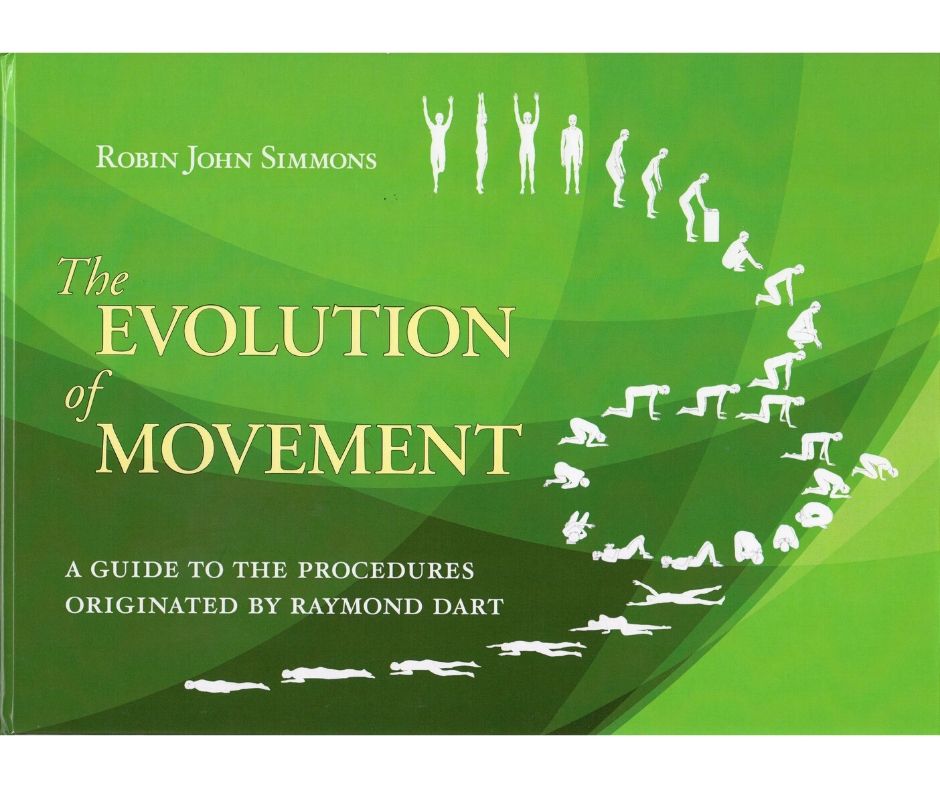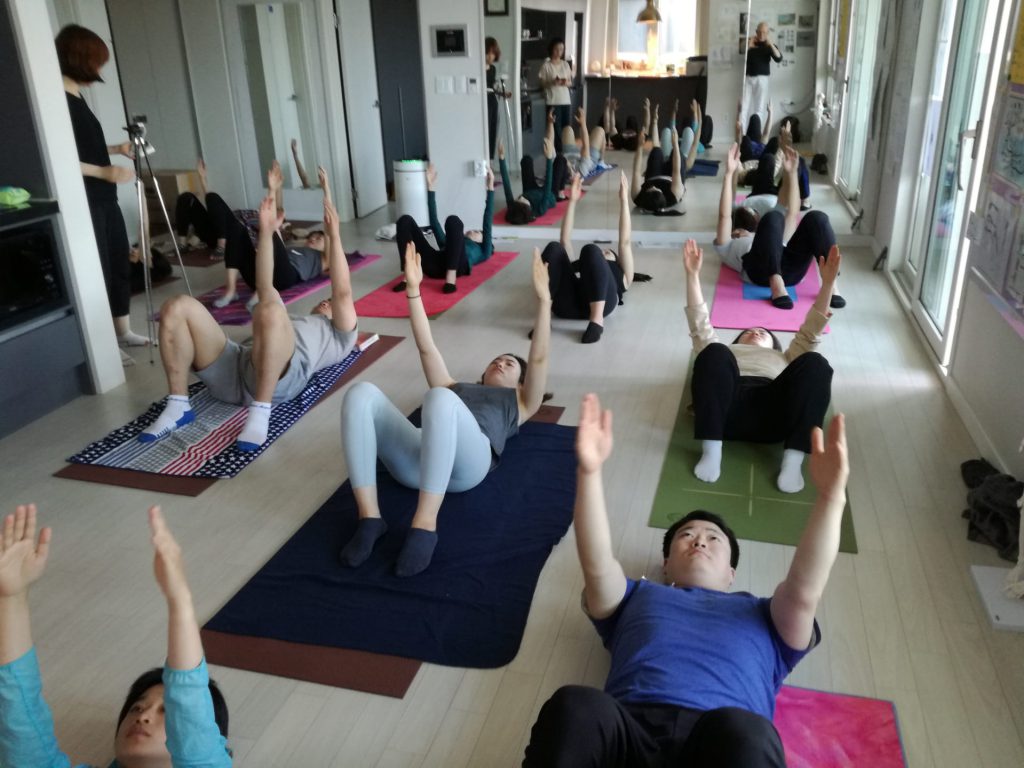
Who might be interested to explore the Dart Procedures?
Any person interested to improve their body awareness, their co-ordination, their poise and freedom of movement might be interested to explore the Dart Procedures. This may include movement professionals, actors, dancers, musicians, gymnasts, athletes, physiotherapists and other health professionals, but you do not need to have any professional interest in movement to benefit from these procedures.
Introduction
Instruction in the Dart Procedures is given individually online and in groups. Please contact us for details about this or about my weekly drop-in group taking place every Friday at 11.00 CET online.
The Dart Procedures are an evolving sequence of carefully executed “postures” and movements that Professor Dart developed after having had lessons in the Alexander Technique in 1943. He described them in a series of articles (the Dart papers) addressed to his medical colleagues written in the late 1940’s.
Features of the Dart Procedures
The procedures are both practical and psycho-physical, and reflect developmental and evolutionary ancestral perspectives exploring the evolution of movement from invertebrates to vertebrates to mammals and eventually to human movement together with our individual evolution from embryo to adult.
The Double Spiral Arrangement of Voluntary Musculature
Dart highlighted the double spiral arrangement of voluntary musculature in his first paper (1946). This basic insight informed his later developments of the Procedures. In his 1970 lecture and elsewhere Dart also highlighted the significance of certain nerve structures in both the evolution of movement and the development of the attainment of poise (e.g. the 5th cranial nerve -the trigeminal- and the medial longitudinal bundle). By studying Dart we learn not only about the evolution of movement but also about many significant aspects of human anatomy, physiology and ancestry that might otherwise pass us by.

A workshop in the Dart Procedures for Alexander Technique trainees in Basel Switzerland
Dart’s Lecture to The Society of Teachers of the F.M. Alexander Technique
In March 1970 Dart gave the annual lecture to the Society of Teachers of the F.M. Alexander Technique which he entitled “An Anatomists Tribute to F.M. Alexander”. Dart’s lecture contained references to the 3 papers he had written and drew attention to the significance of the evolution of the nervous system and especially to the 12 cranial nerves. He also referred to procedures he had developed which assist any interested person in the development of poise and equilibrium (“How any intelligent individual can study his or her own self”). This lecture was later published (in Skill and Poise STAT Books 1996) and became in effect the 4th paper.
My interest stems from 1970
I learnt the Dart Procedures originally from Walter Carrington during 1970-71 and, subsequent to my graduation from his training school (1971) I continued to explore them both on my own and with a small group of like-minded friends who were also Alexander Teachers including Don & Carmen Burton and Jean Clark.
As of today I have been teaching the Dart Procedures for over 40 years and have presented numerous workshops to Alexander Teachers and others in various countries worldwide. My book on the Dart Procedures ‘The Evolution of Movement‘ was published in 2018 and can be obtained from Mouritz.org. (See Menu item Evolution of Movement.)

A workshop in the Dart Procedures at Shoonya Somatic Arts Centre Bangalore, India
Practical considerations involve exploring an evolutionary series of postural attitudes and carefully executed movements based upon the principle of “temporary fixation” (splinting) of body weight-bearing points. The series ranges from attitudes of complete safety (there is nowhere to fall to), to utter precariousness (there is everywhere to fall to).

A workshop in the Dart Procedures in Seoul S.Korea for Alexander Technique trainees
Principles:
As well as the basic principle of temporary fixation Dart also incorporates a principle of temporary eliding.
In this way the procedures explore not only the limits of the range of movement and balance from each of the postural attitudes, but they also explore the full freedom of visual range and also respiration.
Workshops in the Dart Procedures
In April 2012 I ran a one-week workshop in Turkey using the Dart Procedures. Our experiences in Turkey led us to offer another one-week course at the same venue, Yuva, on the Mediterranean coast in June 2013. In 2014 and 2015 I gave seminars on the Dart Procedures in Bournemouth, UK. In 2016 I gave weekend workshops on the Dart Procedures in Gothenburg Sweden, Cheshire UK, Bangalore India, & Breschia Italy. We ran our annual one-week workshop in Turkey in the summer of 2016 in 2017 and 2018. In 2019 I gave Dart workshops in Finland, Denmark and S.Korea. We returned to Turkey in 2020 to the Yuva Ecocentre on the Mediterranean coast – an ideal location for our work. Since then I have returned to India to present Dart workshops in both Bangalore and Delhi.
